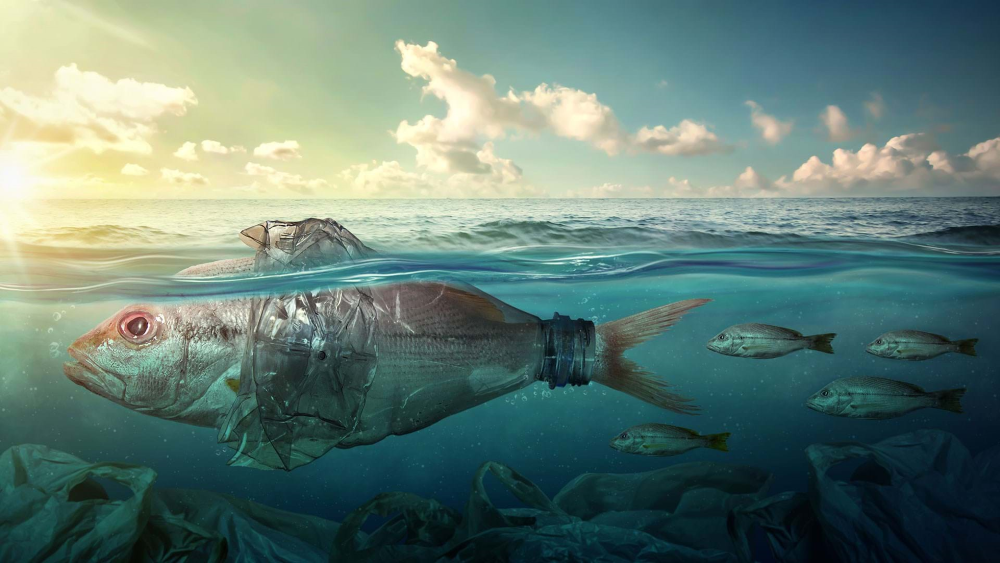Microplastic Awareness Month: Understanding the Invisible Threat to Our Planet

As awareness of environmental issues continues to grow, so does the recognition of one of the most pervasive and harmful pollutants affecting the world today: microplastics. Every year, September is marked as Microplastic Awareness Month, a time dedicated to shedding light on the hidden dangers of these tiny particles that infiltrate our oceans, soil, food, and even our bodies. Let’s dive into what microplastics are, why they matter, and how we can all contribute to reducing their presence in our environment.
What Are Microplastics?
Microplastics are small plastic particles less than 5 millimeters in diameter, often invisible to the naked eye. These tiny fragments come from a variety of sources, including:
- Plastic waste breakdown: Larger plastic items, like bottles, bags, and packaging, degrade over time due to exposure to sunlight and water, eventually fragmenting into microplastics.
- Microbeads in personal care products: Many cosmetics and cleaning products once contained microbeads, which were used as exfoliants or scrubbing agents. Though banned in many countries, their presence still lingers in the environment.
- Synthetic clothing fibers: When washed, clothing made from synthetic materials like polyester sheds microfibers, which enter waterways through wastewater.
The Environmental Impact
Microplastics are wreaking havoc on ecosystems, particularly in the oceans, where they pose a serious threat to marine life. Fish, birds, and other marine organisms mistake these particles for food, leading to:
- Ingestion of plastics: Microplastics can block digestive systems, cause malnutrition, and even release toxic chemicals into the bodies of animals.
- Harmful effects up the food chain: As smaller creatures ingest microplastics, these particles can move up the food chain, potentially ending up on our plates when we consume seafood.
Microplastics also contribute to the degradation of soil health, impacting agriculture and the broader ecosystem. As they accumulate in the environment, their long-term effects on plant growth, soil organisms, and water quality are still being studied—but the findings so far are alarming.
Human Health Concerns
It’s not just marine life that is affected. Recent studies have found microplastics in human blood, lungs, and even placentas. While research is still ongoing, potential health impacts include:
- Inflammation and cellular damage: The body’s immune system may react to microplastics as foreign invaders, leading to inflammation or cellular harm.
- Exposure to toxins: Plastics often contain harmful chemicals like BPA, phthalates, and flame retardants, which can leach into the body and interfere with hormones, potentially leading to long-term health issues.
How to Get Involved During Microplastic Awareness Month
Microplastic pollution is a global issue that requires collective action. Here are some simple steps you can take to help reduce microplastics in your daily life:
- Cut down on single-use plastics: Opt for reusable items such as water bottles, shopping bags, and food containers.
- Choose natural fibers: When purchasing clothing, look for materials made from natural fibers like cotton, wool, or hemp to reduce microfiber shedding.
- Support plastic-free products: Look for personal care products and cleaning supplies that don’t contain microbeads or other plastic ingredients.
- Wash smarter: Use a microfiber-catching laundry bag, wash clothes less frequently, or invest in a washing machine filter to prevent microfibers from entering waterways.
- Spread awareness: Share information about microplastics with friends, family, and on social media. You can participate in local clean-up efforts or support organizations working on plastic pollution issues.
The Role of Innovation in the Fight Against Microplastics
The fight against microplastic pollution isn’t hopeless. Technology and innovation are offering some exciting solutions. From advanced filtering systems that catch microplastics before they enter water systems, to biodegradable alternatives for plastic products, the movement toward a plastic-free future is growing.
Moreover, companies offering data backup solutions like BigMIND can help organizations and individuals reduce paper waste. While this may not be directly related to microplastics, every step towards a more sustainable, less wasteful world contributes to overall environmental health.
Conclusion: Small Particles, Big Problem
Microplastics might be small, but their impact on the environment and human health is anything but. As we observe Microplastic Awareness Month, it’s crucial to understand that the responsibility to combat this issue lies with all of us. Through mindful consumption, spreading awareness, and supporting eco-friendly innovations, we can reduce our microplastic footprint and protect the planet for future generations.
Every action counts, no matter how small—just like the particles we’re fighting against. Let’s work together to make a cleaner, safer world.
Whether it’s reducing plastic waste or securing your vital health information through platforms like BigMIND, every action counts. Let’s work together to make a cleaner, safer world.

